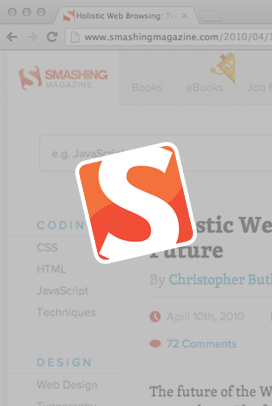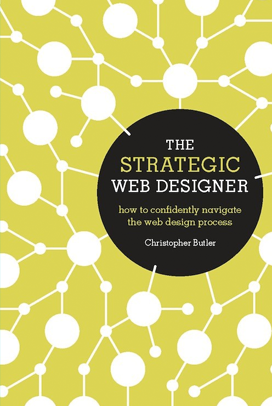You’ve probably heard the term “semantic web,” or “web 3.0” thrown around at some point recently. But it seems like many people mean many different things when they describe something as “web 3.0.” In a new whitepaper entitled The Emergence of Intelligent Content, Joe Gollner, of Stilo International, describes the semantic web in this way:
“the semantic web amounts to the introduction of a descriptive layer of particularly ornate content the traversal of which facilitates
the discovery, interpretation and use of the content resources that people access and use.”
I found this whitepaper after reading an interview with Ann Rockley on What Constitutes ‘intelligent Content’. She describes intelligent content as structurally rich, semantically aware, discoverable, reusable, reconfigurable, and adaptable. I think this description is really getting at the point of how “web 3.0” would be different, and a continuation of what “web 2.0” has been about. She elaborates on what she means by ‘semantically aware:’
“The word semantic refers to ‘meaning.’ Semantically aware content is content that has been tagged with metadata to identify the kind of content within it. For example, you might tag your content with industry, role or audience, and product. If the content is tagged with semantic metadata, it is possible to automatically build customized information sets based on audience or industry, for example.
As more organizations start to create personalized content (content which is dynamically assembled upon user request that specifically matches a users need or user profile), this type of metadata becomes extremely important.
In addition, as content is pushed to wikis, integrated through ‘mashups’ or ‘pipes,’ it becomes even more important to ensure our content is semantically tagged. Without semantic metadata, it’s difficult to automatically, let alone manually, find the content we need.”
This is obviously much more than just tagging content. The way you interact with a tag cloud, for instance, is much more about in-context browsing and filtering than the kind of tagging that Rockley describes. In the semantic scheme, an “event” would be perceived by other applications for what it actually is- an event- rather than just some text. This is incredibly important to the idea that web content can be self-filtered without needing a top-down portal to organize it categorically. So, an xml tag that indicates that some information is describing an event would make it easier for other calendar applications, aggregators or mobile devices to recognize and process it accordingly.



